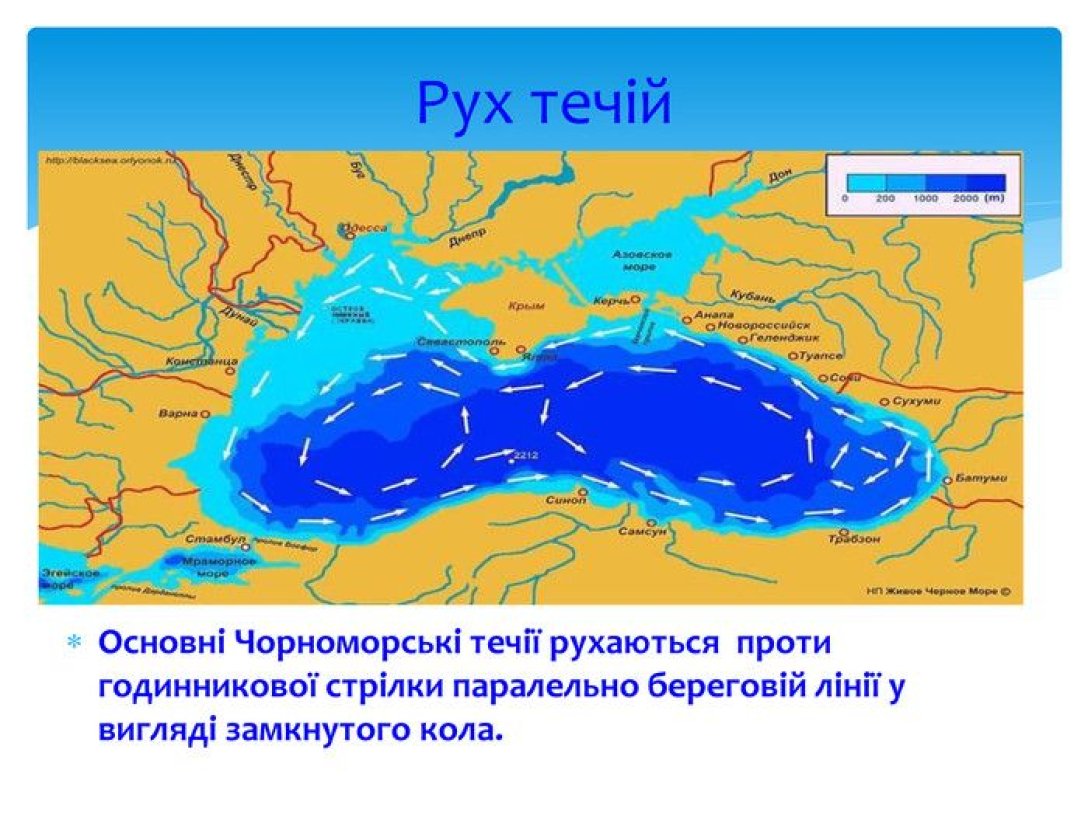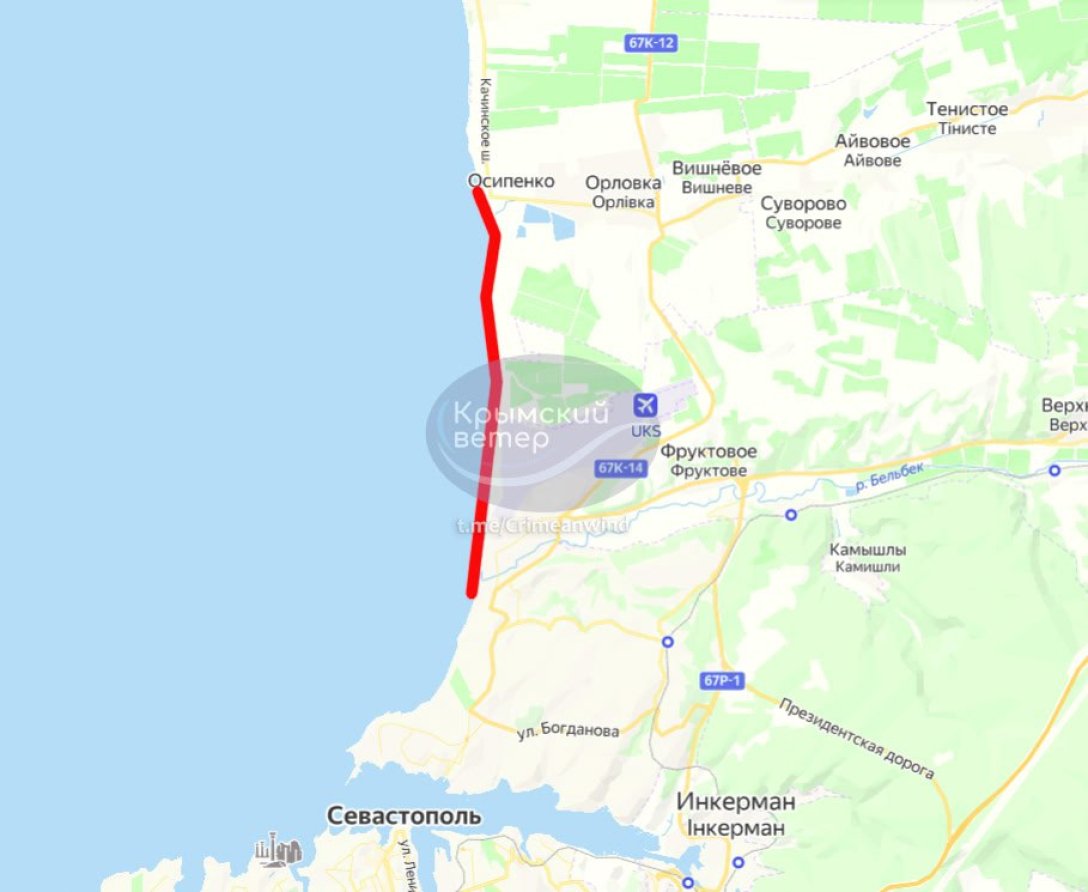Less than 250 km to go: oil spills from Russian tankers are heading towards Odessa, warns an environmentalist.
The heavy fuel oil that entered the Black Sea following the accidents of the Russian tankers "Volgoneft 212" and "Volgoneft-239" may reach the shores of the Odessa region in the coming days or weeks, writes ecologist Vladislav Balinsky.
According to the ecologist, he previously anticipated that the heavy fuel oil could arrive in the Odessa region by late spring.
"Observing the dynamics of pollution on the Crimean coast today, I realize that this could happen much sooner," Balinsky noted.
He explained that the already contaminated beaches of Yevpatoria are located 375 kilometers from the site of the disaster. Thus, the heavy fuel oil has already traveled over half the distance to Odessa. Less than 250 km remains to the shores of the Odessa region.
The clumps of heavy fuel oil are moving across the sea in the direction of the main Black Sea current at the current temperature. This means they will be moving counterclockwise towards the Odessa region, and then on to Romania and Bulgaria, wrote Balinsky.
"The western part of the Crimean coast is currently experiencing particularly active discharges of clumps, as the water temperature here is higher (the clumps float) and there is a strong onshore wind from the sea. The next southern wind could start to wash heavy fuel oil onto the shores of the Odessa Bay or somewhere closer to Romania. When? This could happen in Odessa by the end of this week or closer to the middle of the month," the ecologist suggests.

In their Telegram channel, the monitoring group "Crimean Wind" reported on January 8 that on Tuesday, January 7, heavy fuel oil discharges were recorded on the Crimean coast in the Opuk Nature Reserve on the Kerch Peninsula, in Feodosia on the eastern coast, and in the Saki district and Yevpatoria on the western coast. Later, they added that new patches were discovered after a storm in Sevastopol near the "Lyubimovka" and "Zvezdny Bereg" beaches.

Recall that on January 5 the monitoring group "Crimean Wind" showed satellite images indicating where heavy fuel oil is noticeable off the coast of Crimea. The images from January 4 revealed pollution on the beaches of Feodosia, Alushta, and Sudak.
Earlier, on January 3, the group "Crimean Wind" reported that the waters around Sevastopol had been contaminated by oil products from the sunken Russian tankers over approximately 18 km. The occupying Russian authorities in Sevastopol, however, spoke of a minor "heavy fuel oil spot."